The photo above shows a Voigtlander Vito B with bulb flash, which was the kit I used in the 60’s for my interior photos and my current camera with what looks like a very similar bulb flash. However this is a very clever electronic flash that collapses neatly into its own body after folding up the reflector petals. The Lux Senior has both Manual and Auto settings, it does not have TTL. It is perfect for film cameras but is also safe on digital cameras. I’ve been using an old Cobra auto flashgun with a piece of white card as a reflector to get a soft light, which is a bit messy and slow to use, but gives a nice light. The Lux Senior doesn’t give as soft a light as the card reflector but its big reflector is not as harsh as most direct flashguns.
The Lux Senior has a fair amount power for its size, I use 400ISO films and with Auto the f number is f5.6 up to a maximum of 4 metres. If you use 100ISO films then in auto you get f2.8, which is a bit limiting, a lot more power is available in Manual especially when closer than 4 metres. The Manual mode has 7 power settings for full control of the flash output. The inbuilt rechargeable battery has the capacity for 150 full power discharges, according to the instructions and I have no reason to disbelieve that claim, it recharges using a phone charger. The flashgun can be set to operate as a slave gun.
To operate the Lux Senior first open the front flap, push the red button to pop the flash tube out then rotate the reflector petals round to create the reflector, switch on to either Auto or Manual. Included is a cable to connect to non hot shoe cameras. It comes in a nice presentation box.
So how did the Lux Senior perform, have a look at these photos:
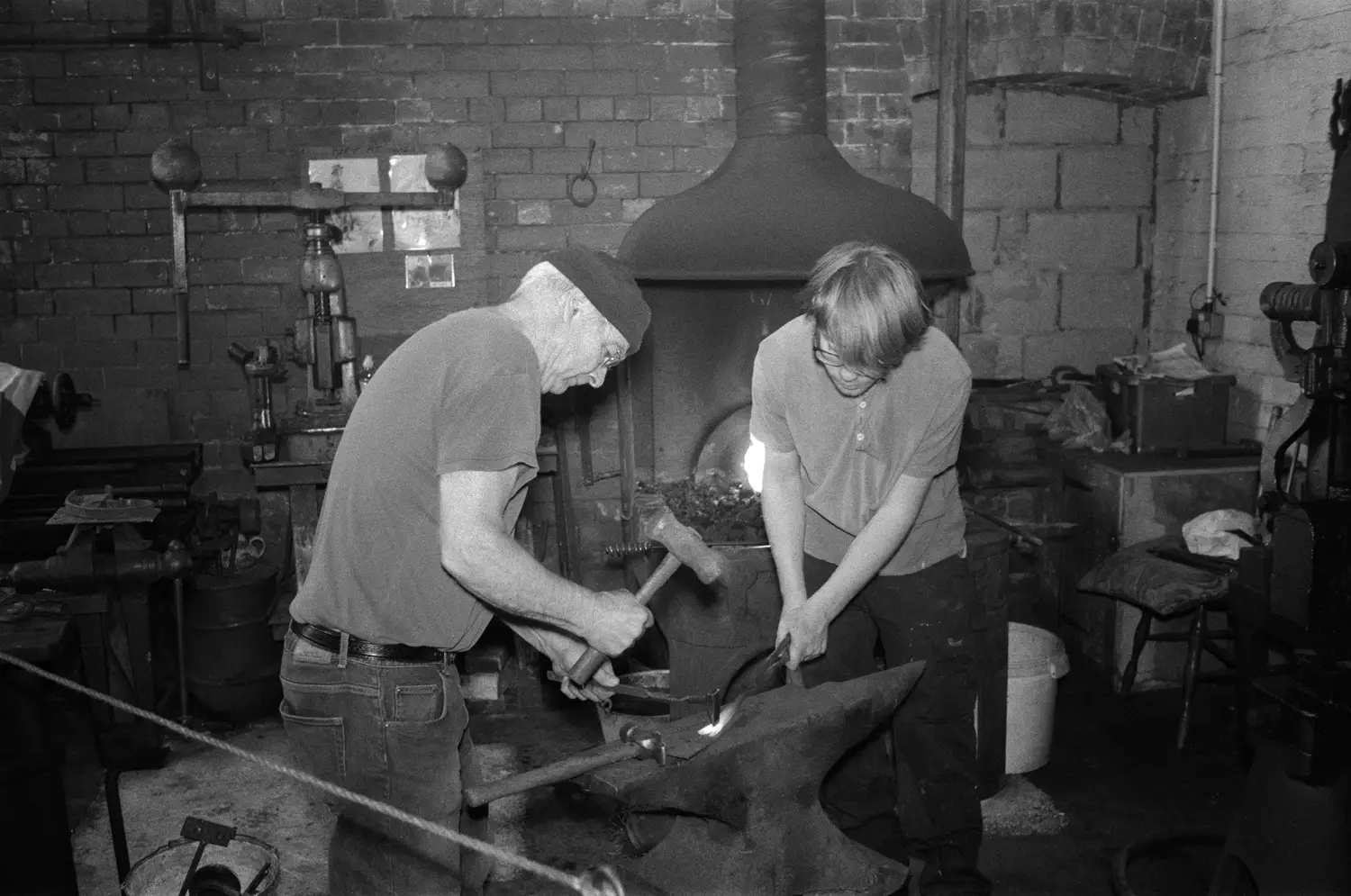
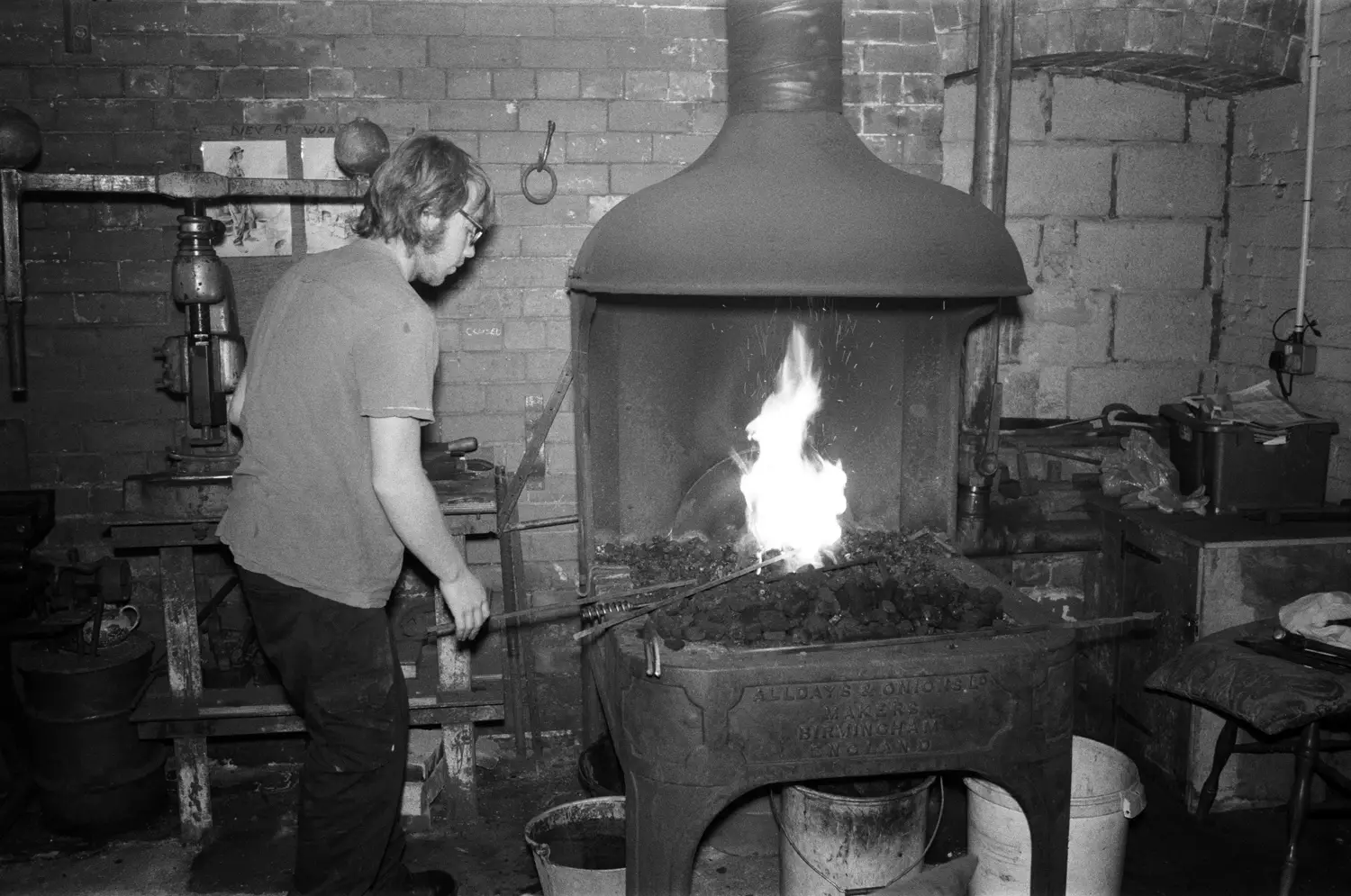
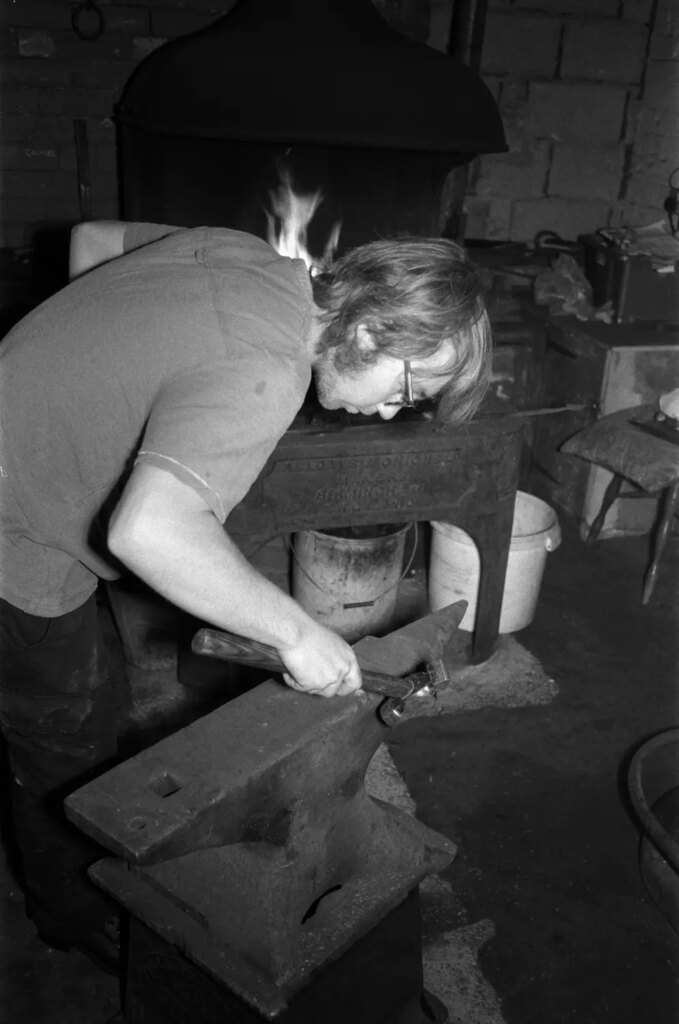
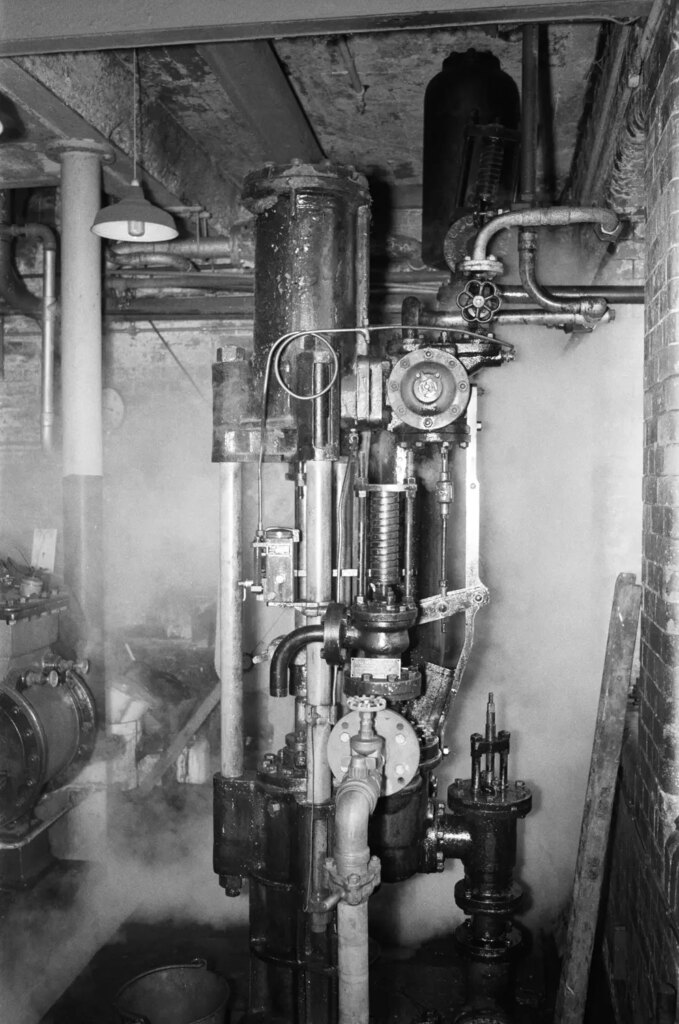
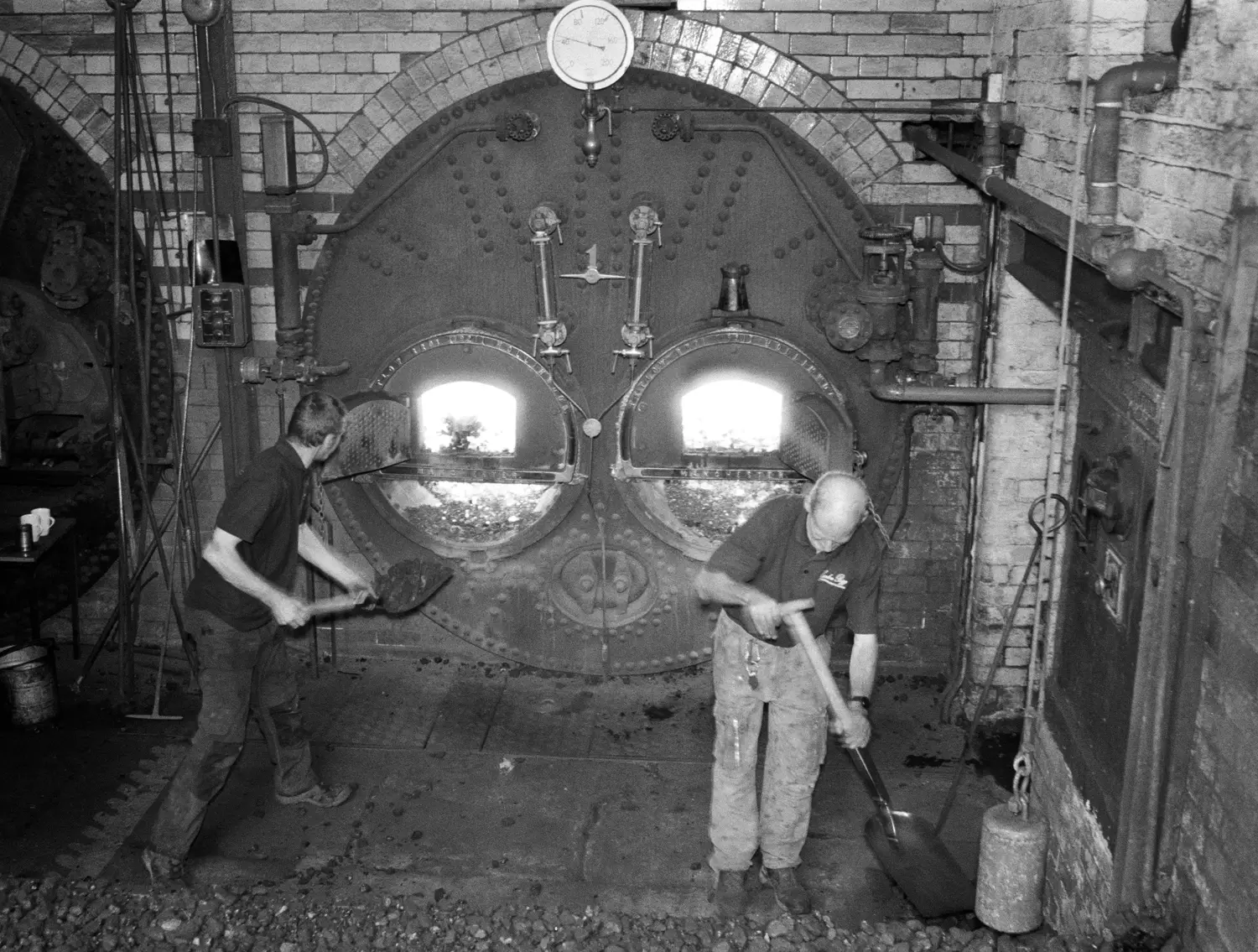
With flashguns I always assume that the Auto exposure mode is set to get a correct highlights exposure, required for slides or digital cameras and this is the case (having checked with a digital camera), the Manual settings also. For some of the test photos, not shown here, I took two shots on Auto, one at f4 and the other f5.6, looking at the negatives the f4 exposure looks the best for negatives. I also opened up by one stop with the Manual settings. The photos at the forge were shot in a large badly lit room using the Manual setting and f4. The boiler room was on Manual full power at f4 mixed with low level daylight. The pipework was at f4 on Auto mixed with daylight. The instruction manual says that the angle of lighting coverage is equivalent to a 28mm lens, I would say it’s more like 50mm. I was using a 35mm lens and there was light drop off at the edges but this can be shaded or cropped when printing. You can see the drop off in the 2nd photo, the man at the forge. The film was Delta 400, lab scanned and processed in Ilfotec DD.
This is a fun flashgun and specifically for film cameras, for which I have to praise Godox. It is ideal for family photos at home and for when you need a boost to natural lighting. Small enough and light enough when folded to be always carried in your camera bag. A 400ISO film or higher is advised.
Phil
More info here. For an in depth review on 35mmc here.
Share this post:
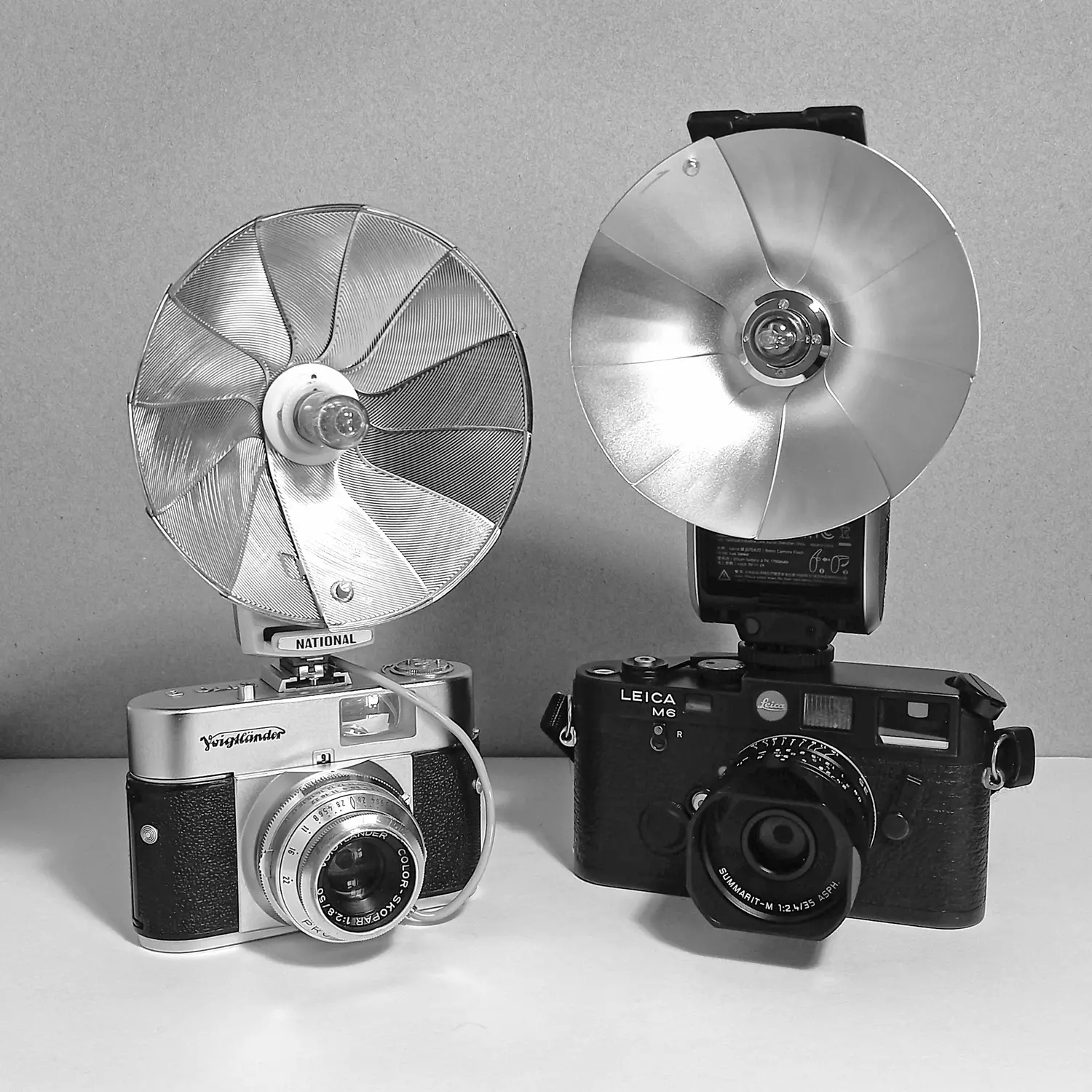
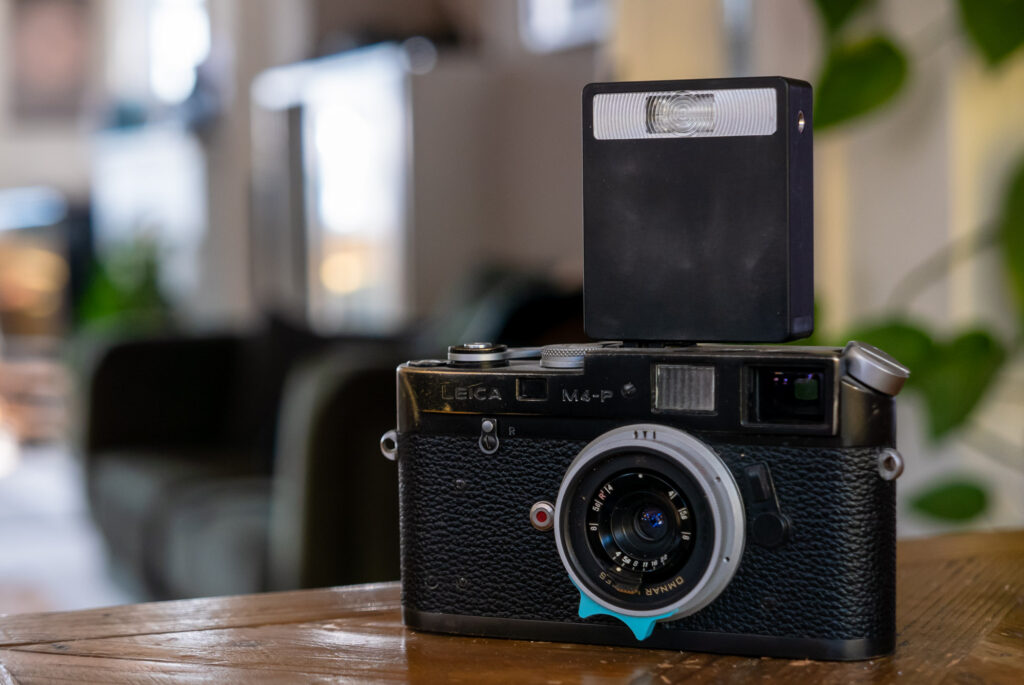
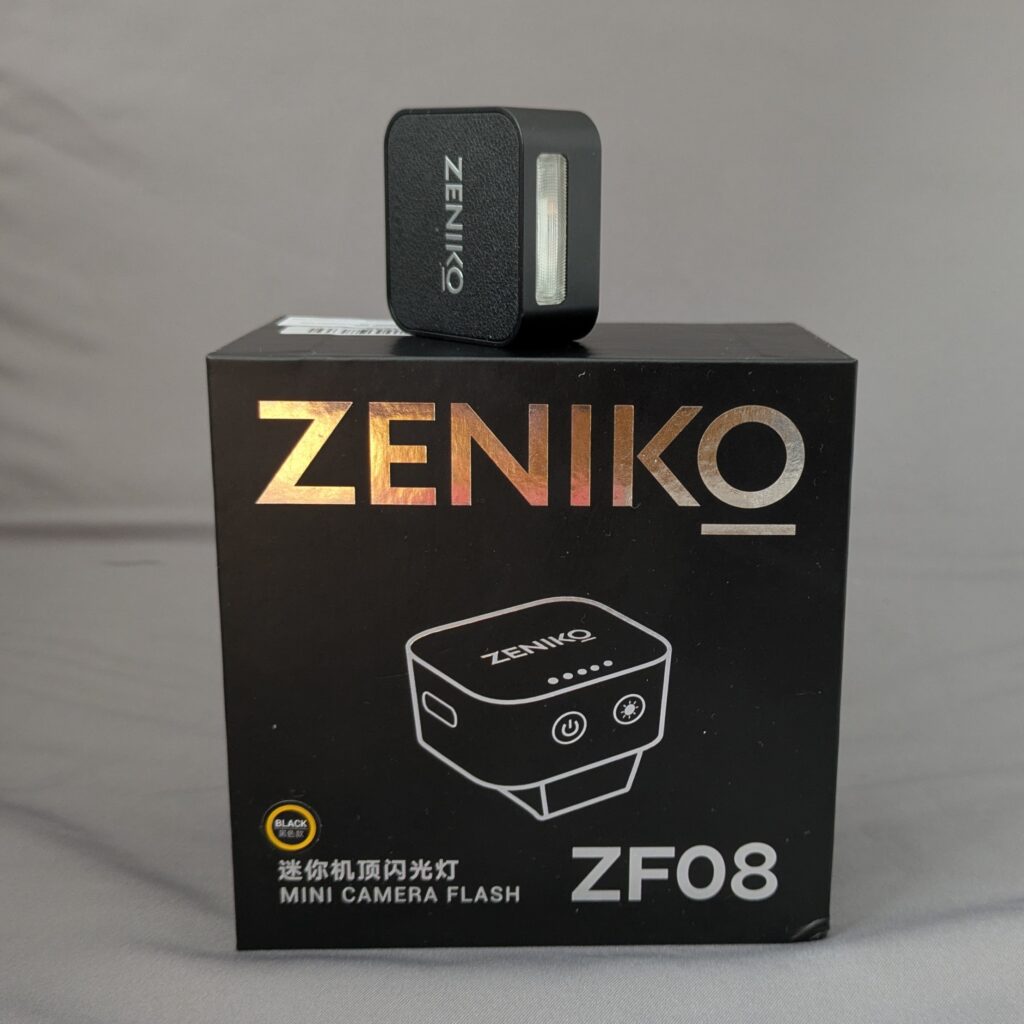
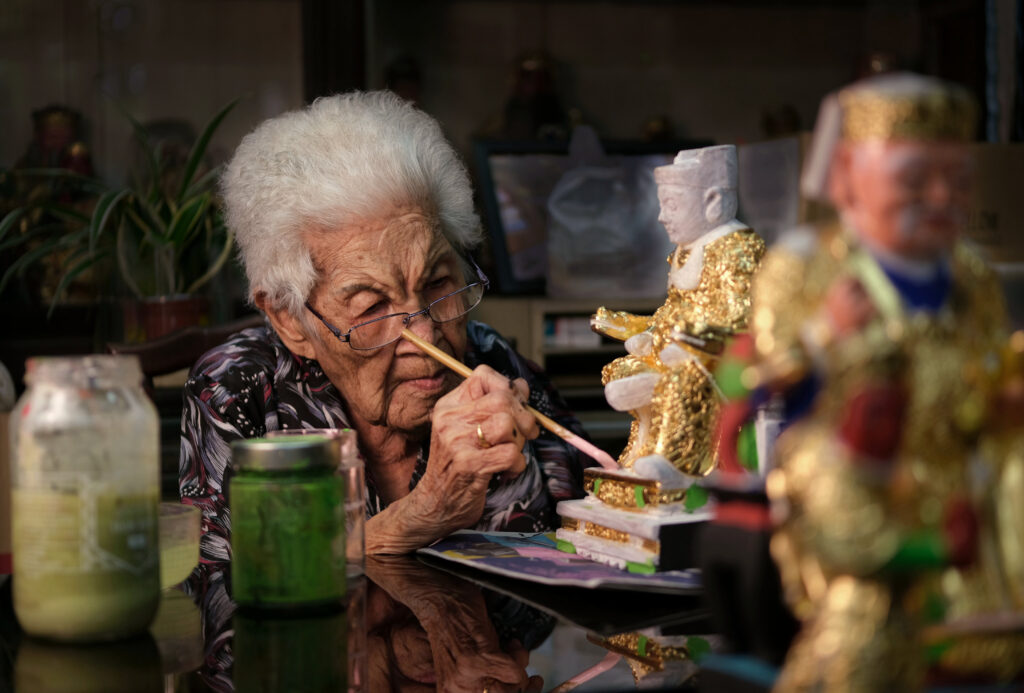
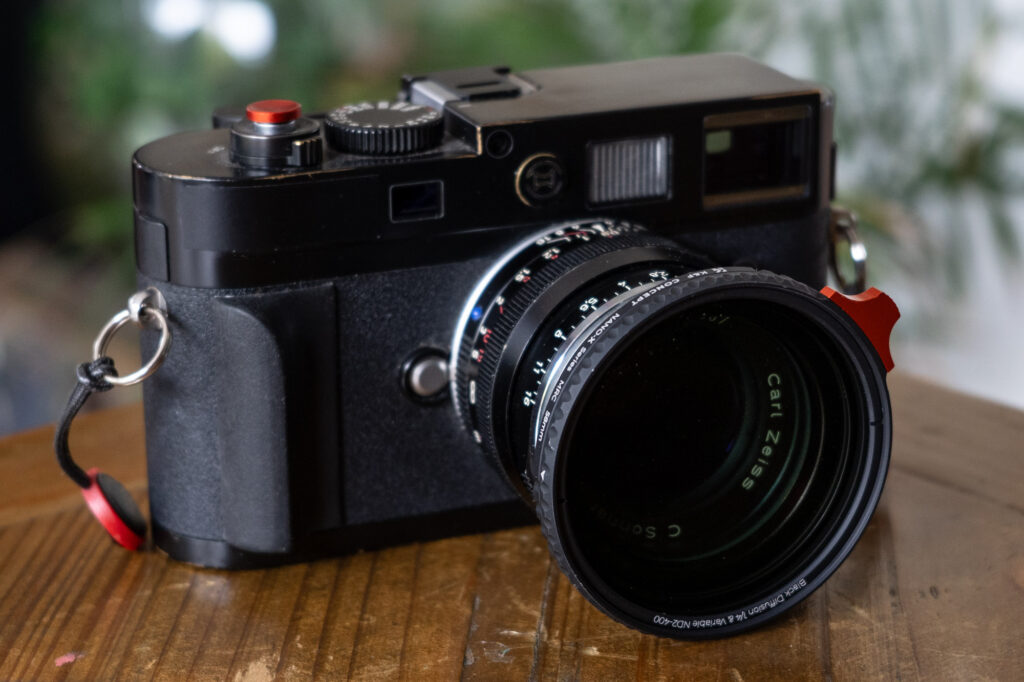




Comments
Ted Ayre on Godox Lux Senior with B/W negative film – by Phil Harrison
Comment posted: 14/12/2022
Comment posted: 14/12/2022
Comment posted: 14/12/2022